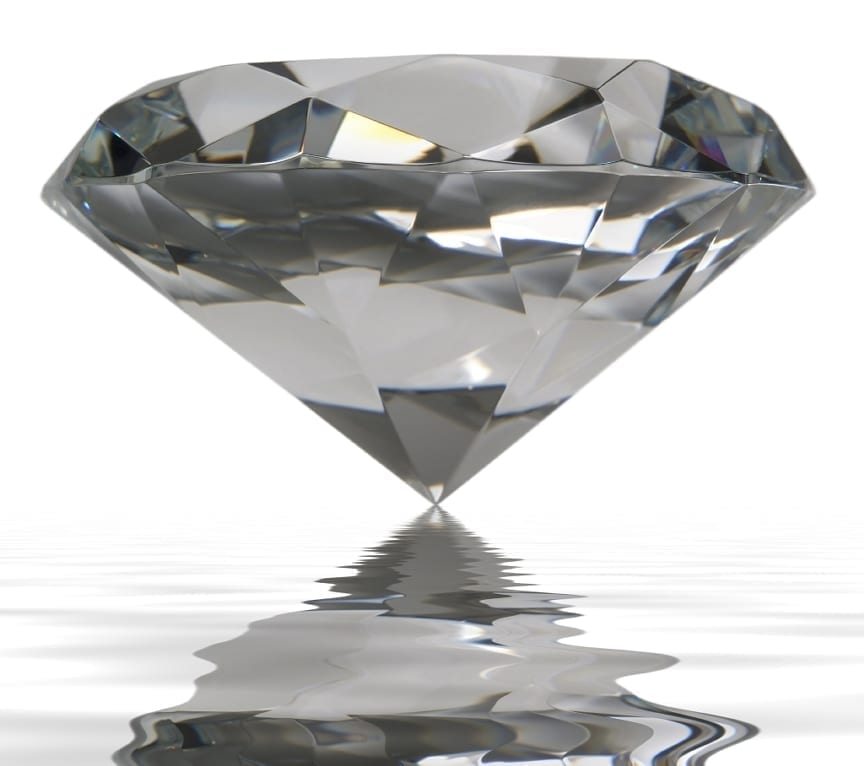00 items
There is no question that diamonds are the hardest known substance on the planet. Because of this diamonds are oftentimes used to cut difficult, hard materials. Unfortunately, diamonds can oxidize when cutting metals, such as iron or nickel. A replacement substance that is commonly used is cubic boron nitride (cBN) – a chemically and mechanically robust chemical compound that can stand up to the high temperatures necessary to work with these types of metals, but is only about half as hard as a diamond. It is the properties of both of these materials that lead scientists to develop a diamond-cBN alloy that can be used as “a universal cutting material.”
Scientists at Sichuan University in Chengdu, China combined a mixture of diamond and cBN powder and dried it in a vacuum furnace at 1300 degress Kelvin for 2 hours. The material was then compressed into 3.5 millimeter pellets under extreme heat and pressure. When the cutting performance of the diamond-cBN alloy was compared to currently available commercial options, it was determined to be more preferable when cutting both granite and hardened steel. While the outcomes of initial tests are promising, more work will need to be done before this product could potentially be commercialized.
Related Posts

Laboratory Balance Manufacturers
We have had a broad selection of balances over the years, from the ultra-sensitive balance to the tough-as-nails, get-the-job-done scale.... read more

Brain Pattern Proven as Unique as a Finger Print
While the idea that each person has a unique set of connectome - or brain connections - isn't exactly new,... read more

Smoking during pregnancy can cause DNA alteration
The DNA of future babies from pregnant women could be altered by smoking. 10 genes were identified from about 900... read more
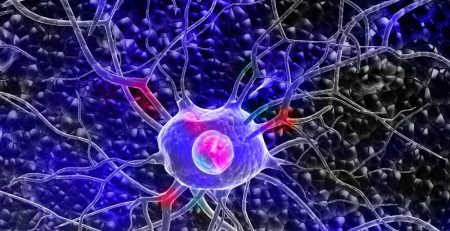
New Study Finds Almost 80% of Schizophrenia Risk is Genetic
A new study, recently published in Biological Psychiatry, has claimed that approximately 78% of the risk factor for schizophrenia is... read more

Female Mammals in the Wild Found to Outlive Male Counterparts
Women living longer on average than men is something that has been well documented for an extensive period of time... read more

Is a FLAME a SOLID, LIQUID, OR A GAS?
None of these. A hot enough flame with ionized parts can be considered a plasma. A flame is the part... read more

Use of Cannabis During Pregnancy May Impact Baby’s Memory
As the use of cannabis, both recreationally and medically, becomes more widespread, scientists continue to dive deeper into potential impacts... read more
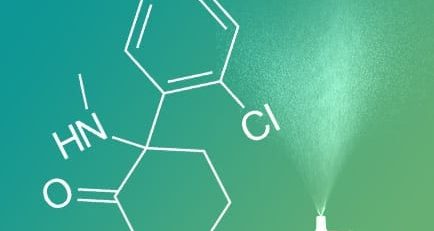
New Approved, Fast-Acting Depression Treatment Could Help Millions
According to the National Institute of Mental Health, over 16 million adults in the US have experienced depression, and many... read more
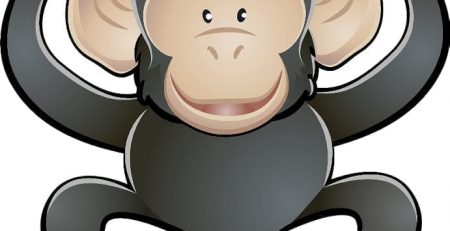
Study Shows How Comparable Human’s Brain Is To A Chimps
Scientists are trying to figure out which pieces of DNA are responsible for giving us unique characteristics. They could be... read more
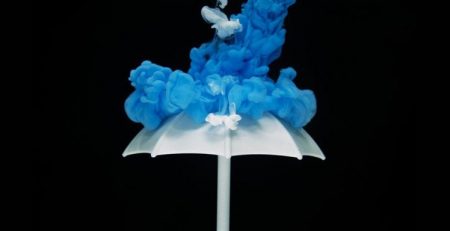
Blue Fabric Dye Being Used for Battery Research
Researcher at the University of Buffalo believe a common ingredient in wastewater from textile mills could potentially be used to... read more




